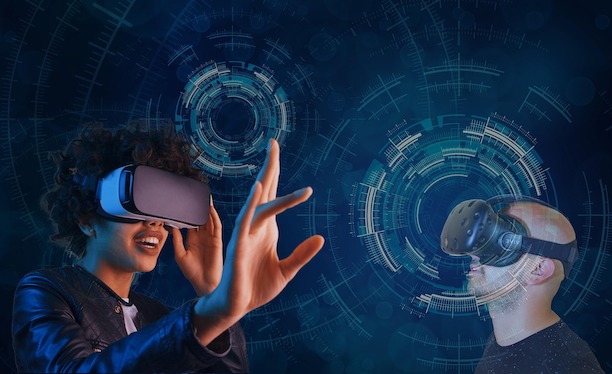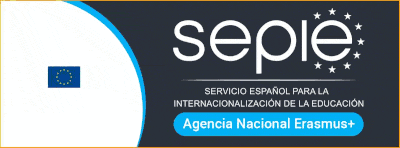
More about ViReal4STEM
Efforts to bridge the gender gap in education is not only a matter of fairness and equality but also crucial for the advancement of societies, as it ensures that all individuals have equal access to opportunities, knowledge, and empowerment.
ViReal4STEM seeks to achieve STEM engagement, achievement, fairness, and equity for underrepresented groups, notably girls. To this end, the first project´s product is a virtual reality (VR) app to promote inclusivity and diversity in the STEM fields by immersing students in experiences that inspire them to envision their best selves and possible futures STEM-related fields. The second product consists of a pedagogical framework for inclusive STEM teaching that compiles available STEM resources and develops a teaching methodology for their didactic transposition following gender-inclusive principles. This will address the grant priority of promoting inclusion and diversity in all fields of education by providing educators with tools and resources to support a diverse student population.

The need for this project is driven by the persisting gender gap in STEM fields. Despite advances in gender equality, there is still a wide disparity between men and women in STEM-related careers. Female students are often underrepresented in STEM fields and face various systemic challenges that hinder their participation. Even for those who are interested, traditional education often fails to inspire them with the goal of a successful STEM career. With the development of the products described, this project seeks to create interventions that can help students visualize a successful STEM future, thus improving their STEM identity and aspirations and combating STEM stereotypes. On the other hand, the development of a pedagogical framework for inclusive STEM education will be of value to teachers aiming at adapting existing resources to the principles of inclusivity. Such a framework can provide a wide range of benefits for inclusive education, such as the development of positive STEM attitudes and identities among students of different genders and backgrounds. Taken together, this project is a crucial step in paving the way towards reducing the gender gap and helping traditionally marginalized students gain access to STEM-related disciplines.
This project spans a diverse group of transnational partners from south-west, southeast, and northern Europe, representing a wide range of education systems across the continent. This ensures that the project's outcomes and outputs are applicable to and relevant to a broad range of educational contexts, rather than being regionally limited. By bringing together partners from different regions and education systems, the project aims to promote a more comprehensive and inclusive approach to STEM education, which will benefit students and teachers across Europe. Each partner with validation tasks has secured access to the target sample through letters of support involving schools from different contexts. This project will access students in urban and rural schools, academic level (lowest vs. highest achieving region in TIMSS), type (private and public), and study modality (science and non-science bachelor, and vocational training).


